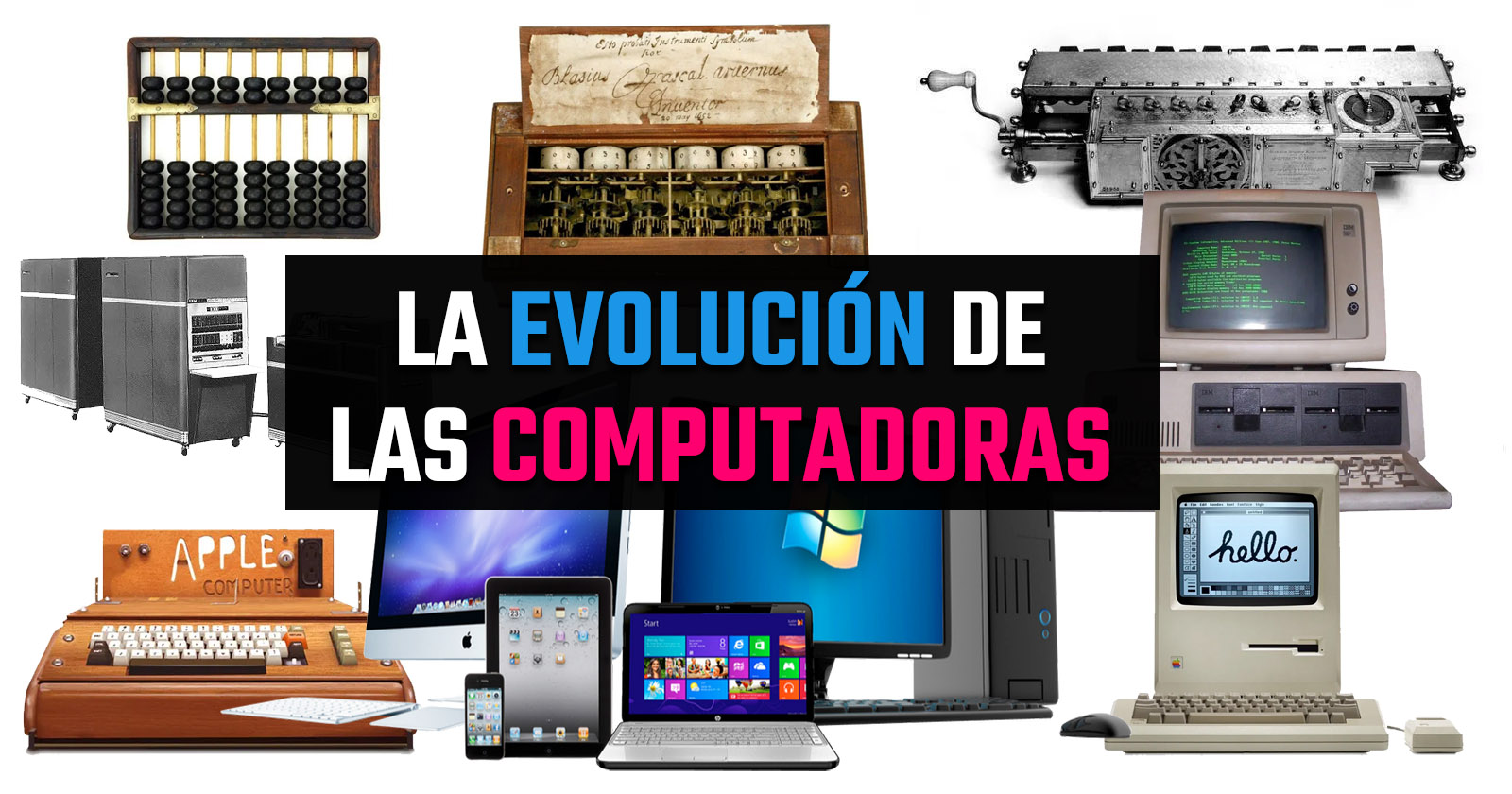The evolution of computers has a long history, starting not with silicon and electronics, but more than 2,500 years ago with devices that were considered high-performance technology at the time, allowing mathematical calculations beyond the capabilities of the human mind.
Here is a list of the earliest devices.
The Evolution of Computers
-
The first calculating device was the abacus, created around 1100 B.C. and still in use today, particularly in Asia.
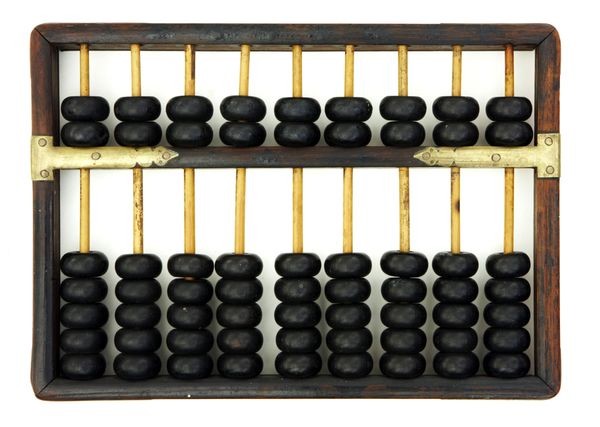
-
The slide rule was created in 1622 and is attributed to the English mathematician William Oughtred.
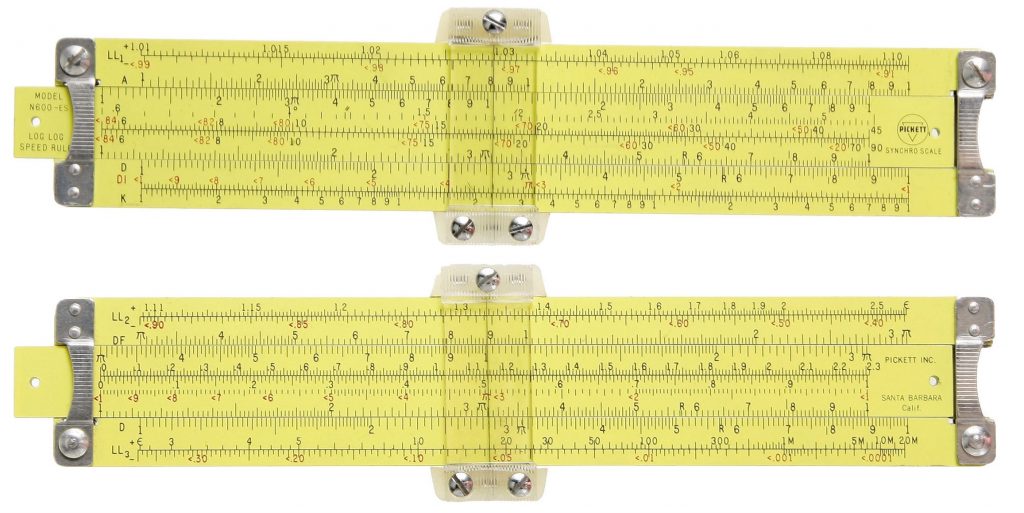
-
In 1623, the German astronomer and mathematician Wilhelm Schickard built the first known calculator. It was described in a letter to his astronomer friend Johannes Kepler. Thanks to that letter, the invention’s record was preserved, as it was lost in a fire.

-
By 1642, the Pascaline, the first machine for adding and subtracting that was mass-produced and used by many people, was created. It was designed and built by the French mathematician and philosopher Blaise Pascal.

-
In 1673, based on the Pascaline, the German mathematician and philosopher Gottfried Wilhelm von Leibniz designed this machine called the Stepped Reckoner or Leibniz Machine. It could add and subtract and also multiply by repeated addition and shifting..
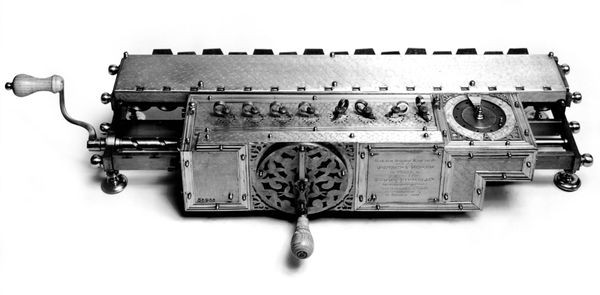
-
In 1801, the Jacquard loom was invented, a marvel of the Industrial Revolution. It can be considered the first practical information processing device. It wove patterns into fabric, allowing even the most inexperienced users to create complex designs.
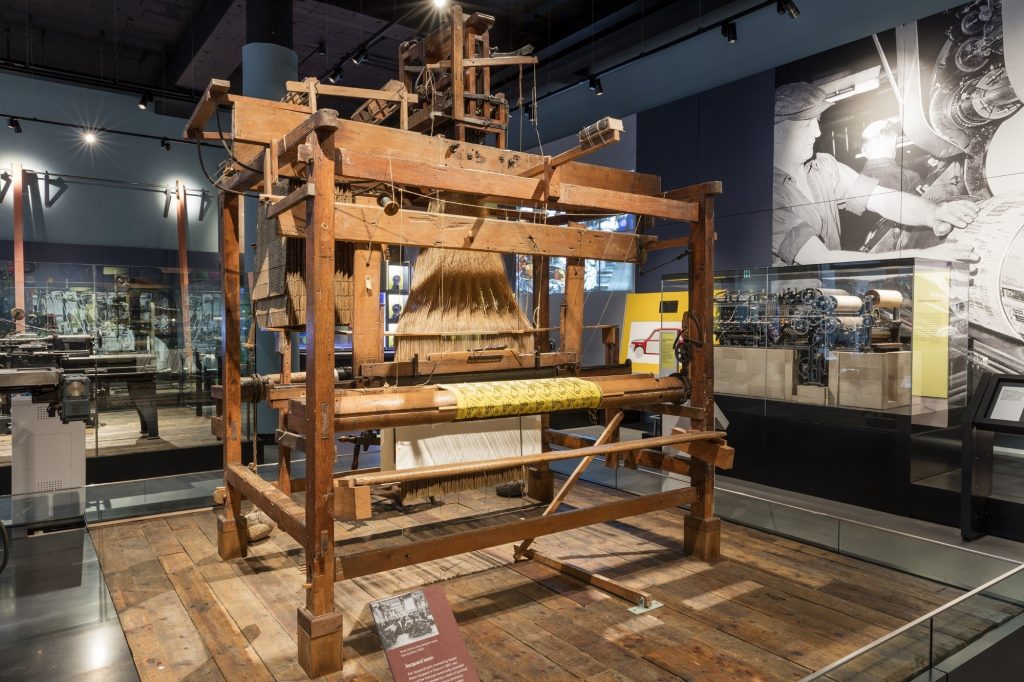
-
In 1832, Charles Babbage created the Difference Engine, an advanced calculator intended to produce logarithmic tables used in navigation. This is famous because Ada Lovelace fell in love with its possibilities and ended up creating the first programming language.
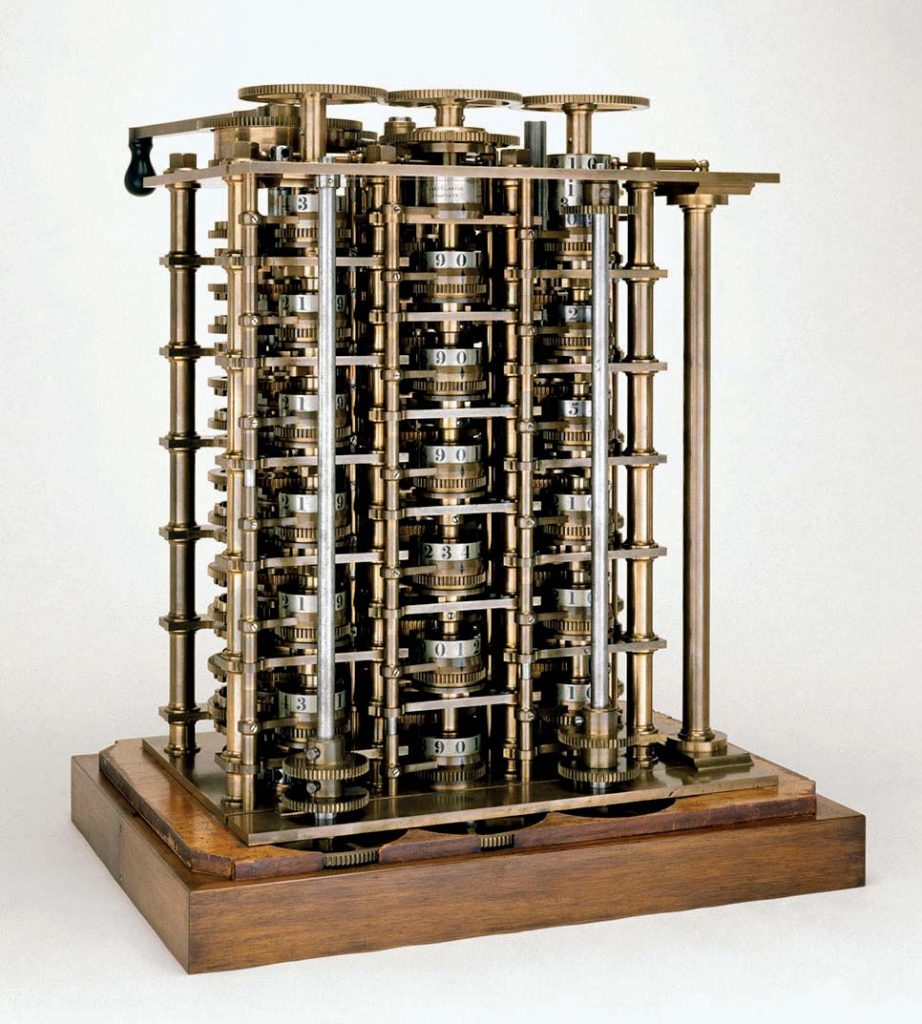
-
By 1890, Herman Hollerith invented this machine to conduct the U.S. Census. It was called the Census Tabulator.
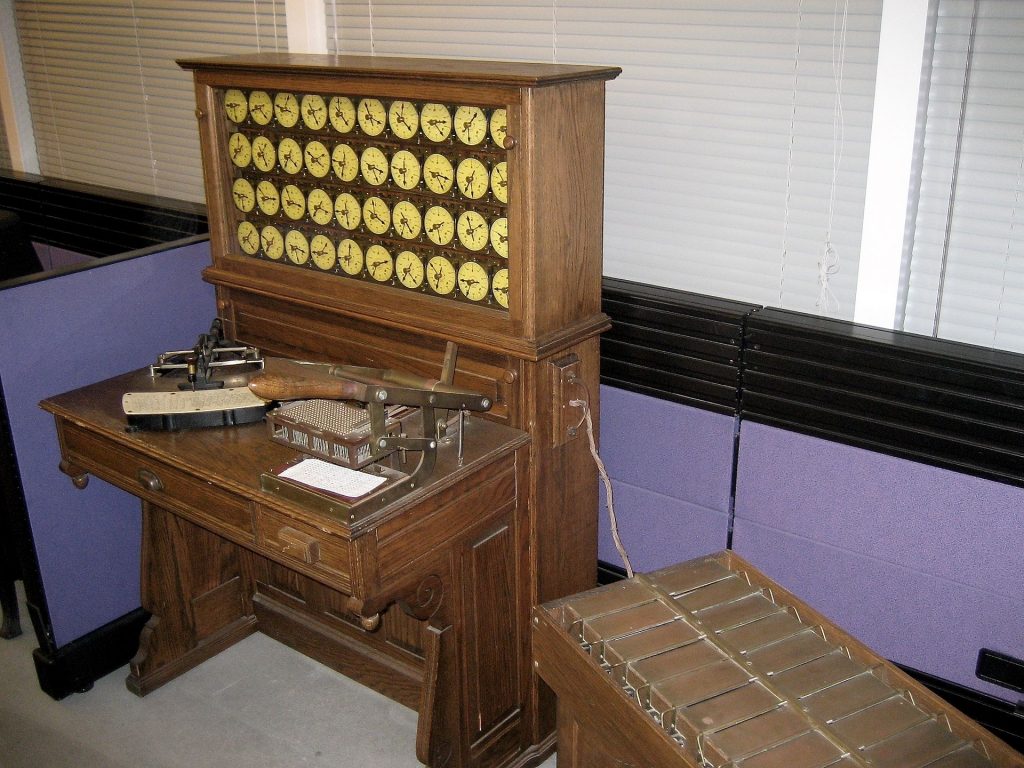
-
In 1930, an engineer named Vannevar Bush invented this analog calculator called the Differential Analyzer, which was used to solve differential equations, a common problem in physics and engineering applications that is often very tedious to solve.
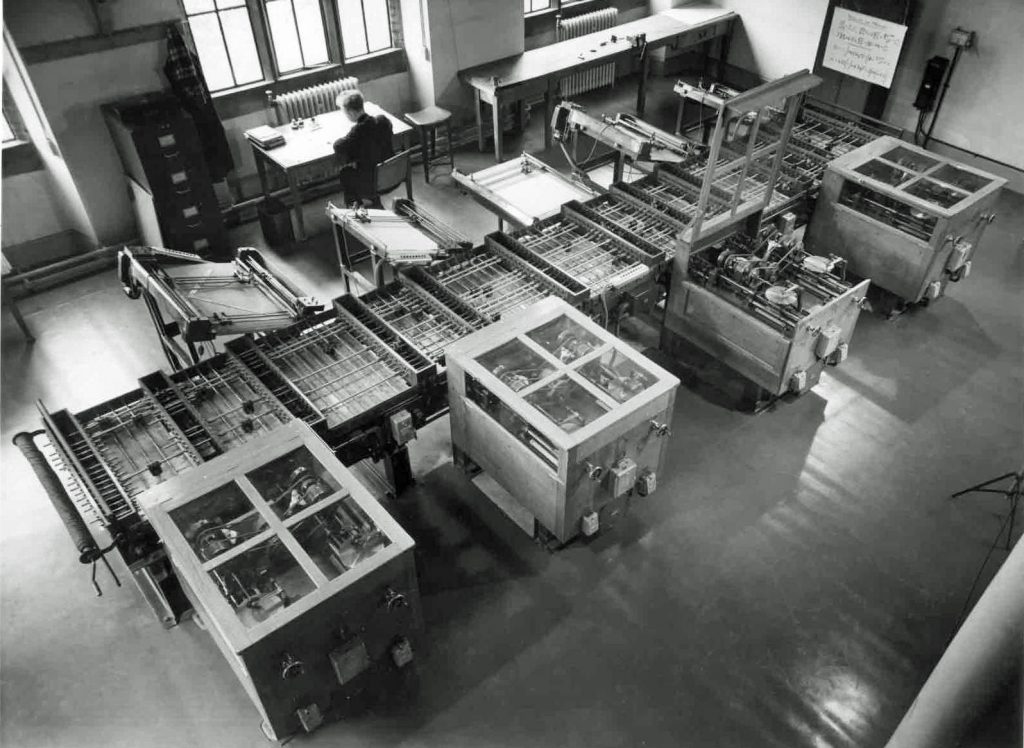
-
In 1936, Alan Turing created the Turing machine, which helped decrypt encrypted messages and served as the theoretical model for modern computers.
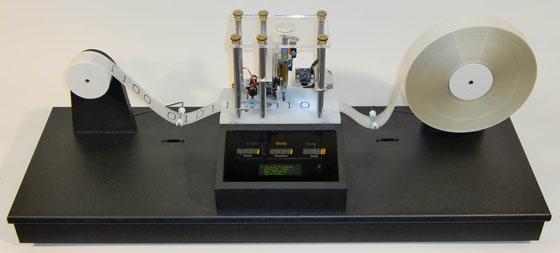
-
In 1937, Harvard professor Howard Aiken invented this electromechanical computer called Mark I, over 15 meters long with 750,000 components, used for ballistic calculations during World War II.

-
Colossus can be described as the first electronic digital computer, invented in 1943 and funded by the Ultra Project, undoubtedly a key step in the development of the modern computer.

-
In 1946, the ENIAC, an acronym for Electronic Numerical Integrator And Computer, the first general-purpose computer, was developed. It was invented by John Presper Eckert and John William Mauchly, with six women contributing to its creation: Betty Snyder Holberton, Jean Jennings Bartik, Kathleen McNulty Mauchly Antonelli, Marlyn Wescoff Meltzer, Ruth Lichterman Teitelbaum, and Frances Bilas Spence.
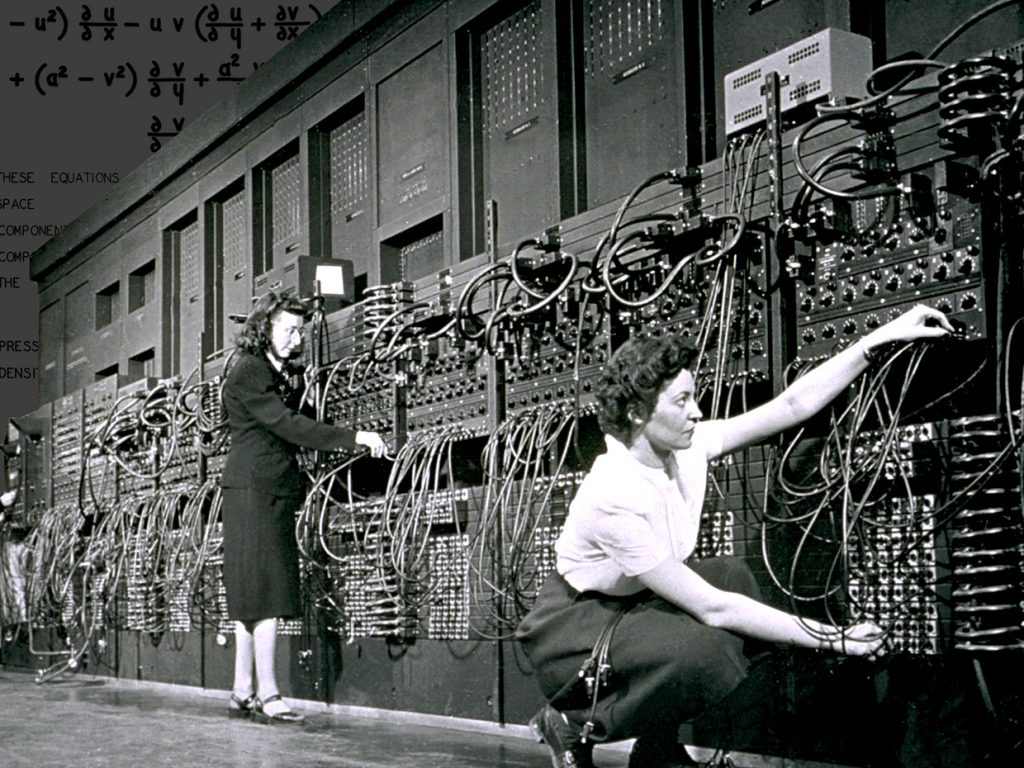
-
EDSAC, desarrollada en 1947, con su inventor y diseñador Maurice Wilkes (arrodillado en el centro de la fotografía).EDSAC, developed in 1947, with its inventor and designer Maurice Wilkes (kneeling in the center of the photograph).
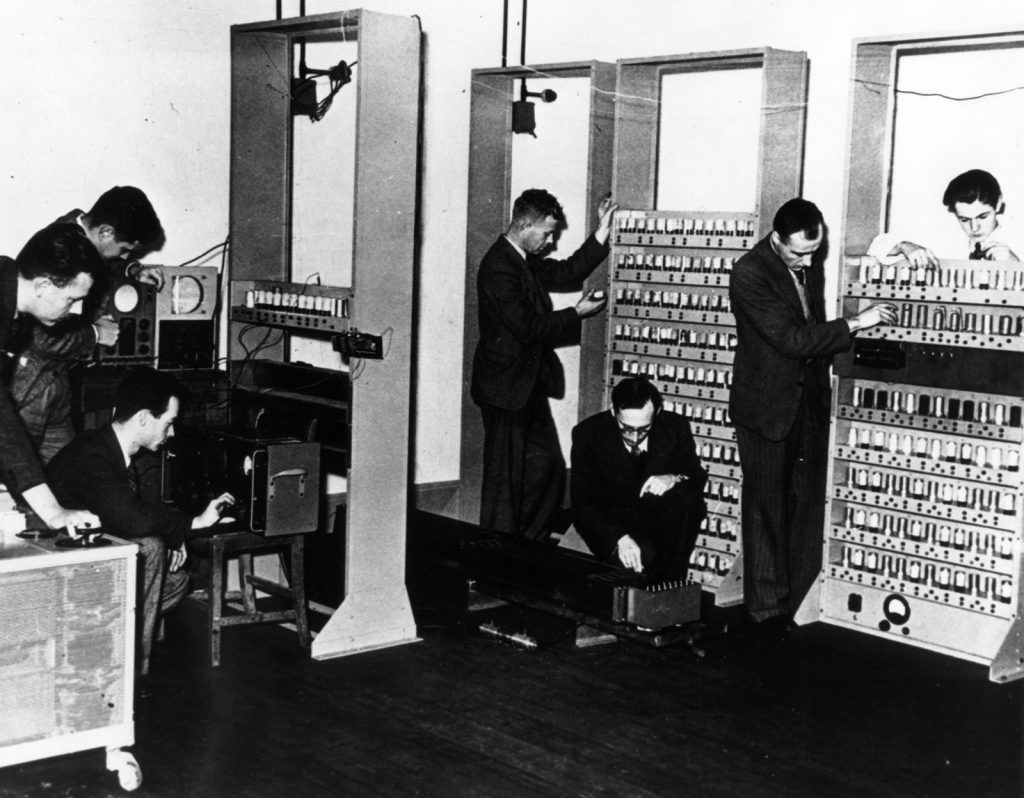
-
In 1954, the IBM 650 was launched, a relatively inexpensive, compact, and easy-to-operate computer that quickly became the most widely used for commercial applications.

-
Elliott 803 was a transistorized computer manufactured in the United Kingdom in the early 1960s. Only 211 of these were made.

-
ICL 2966, a mainframe computer using integrated circuit technology, was manufactured in the United Kingdom in the late 1960s.
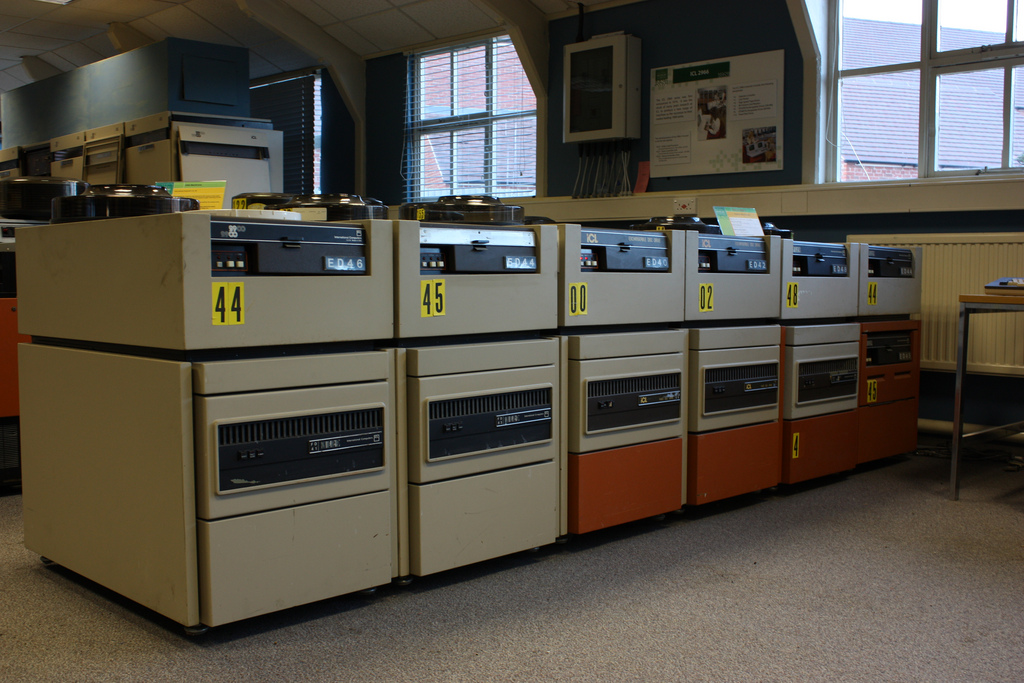
-
Xerox Alto was the first personal computer (PC) with a mouse and graphical user interface, developed in 1973.

-
The IBM 5100 was the first portable computer in laptop history. It weighed 25 kilograms and was introduced in 1975. It was intended to bring computing capabilities to engineers, analysts, statisticians, and other problem solvers, but not for commercial purposes.

-
Steven Jobs and Stephen Wozniak completed the Apple I in 1976.
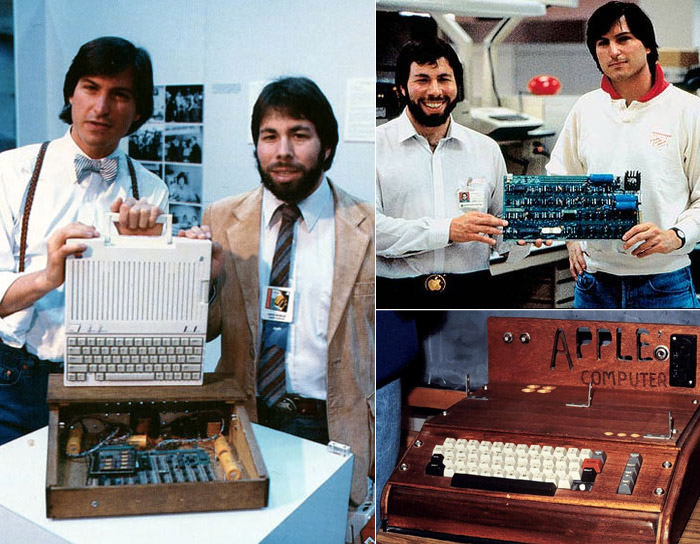
-
The IBM Model 5150, introduced on August 12, 1981, was part of the fifth generation of computers.

-
In 1984, the first Apple Macintosh (128K) was launched, and it was truly groundbreaking for everyone. Here is a video of Steve Jobs presenting it.
-
The first device considered a smartphone was IBM’s Simon, released in August 1994. It combined a mobile phone and a PDA into one device, allowing the user to make and receive phone calls, faxes, emails, among other functions.

-
In the following years, various computers that we now know, with microprocessors and later with parallel processing capabilities, began to be released.
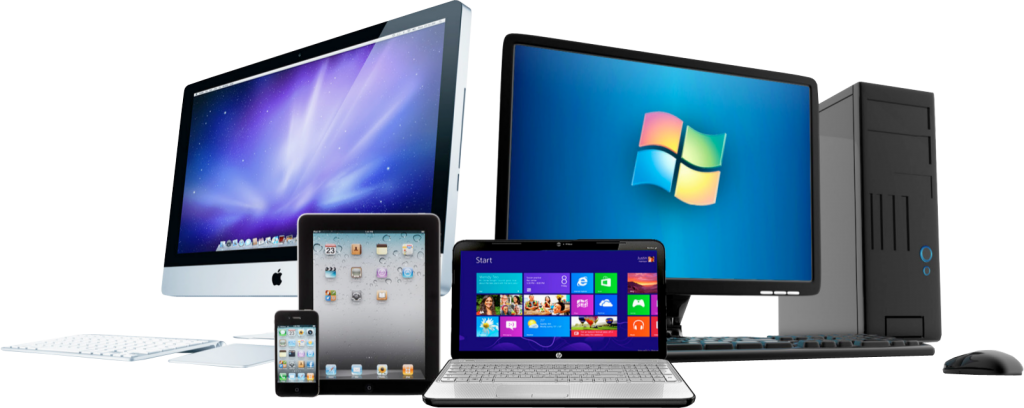 We now also have Virtual Reality, Augmented Reality, and other devices that will soon change this timeline that we have put together for you.
We now also have Virtual Reality, Augmented Reality, and other devices that will soon change this timeline that we have put together for you.
And you… what do you think will happen in the coming years?
Si quieres ver más sobre Tecnología, visita nuestra sección AQUÍ

